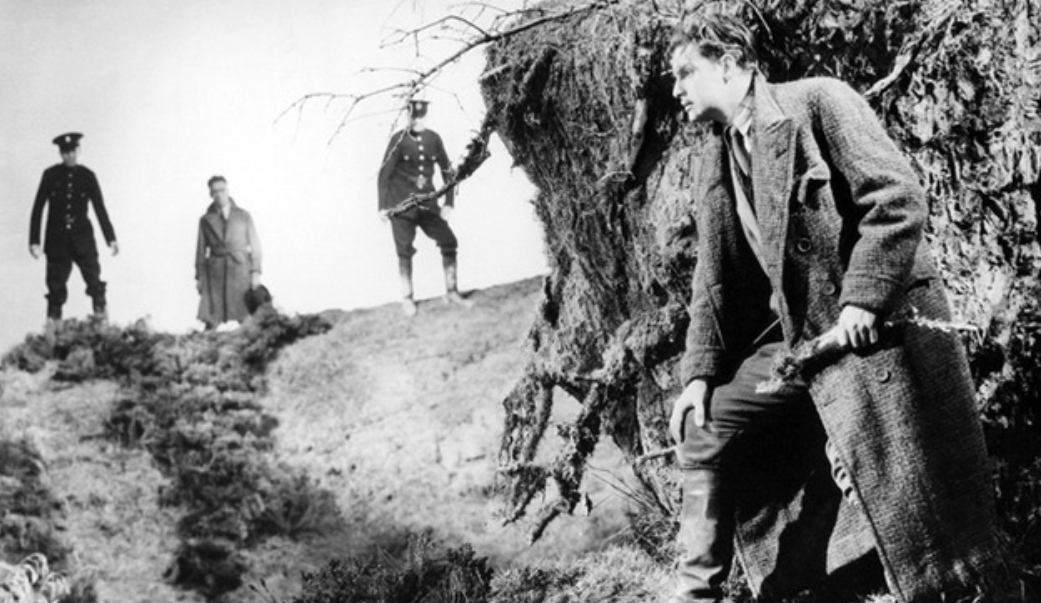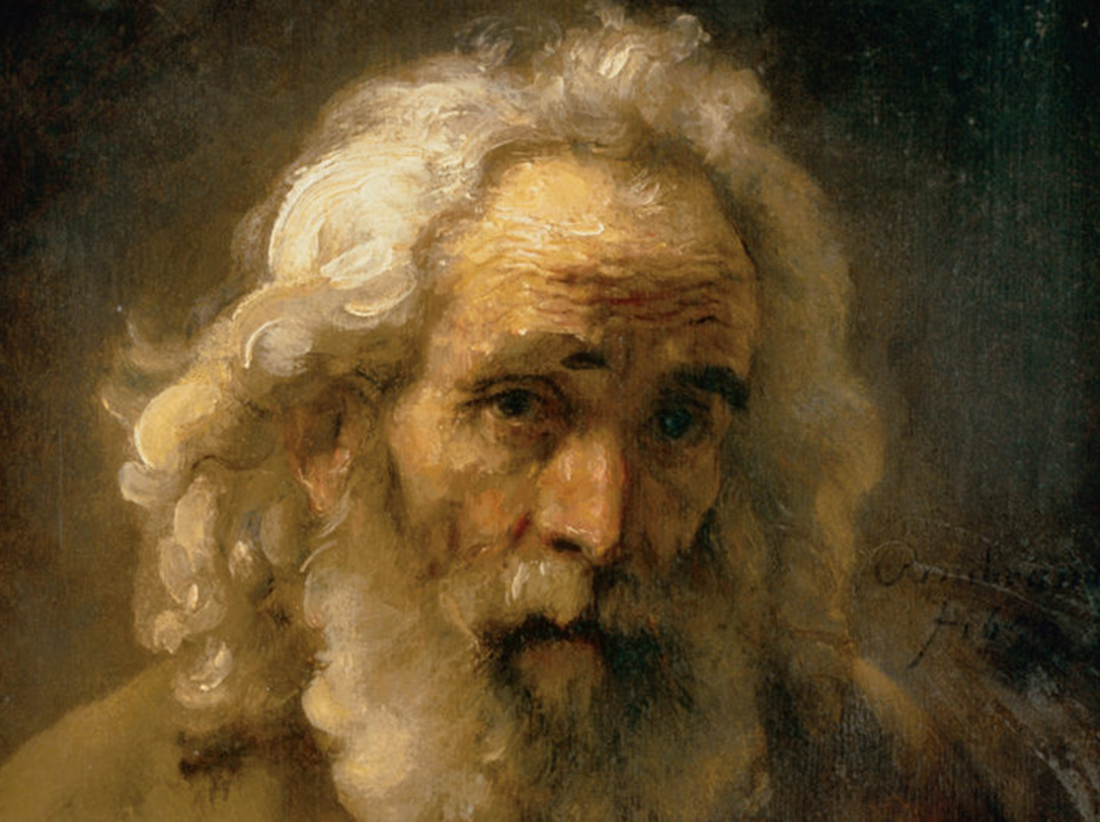Conflict and Co-Operation
Denny Day: The Life and Times of Australia’s Greatest Lawman: The Forgotten Hero of the Myall Creek Massacre
by Terry Smyth
Random House, 2016, 330 pages, $34.99
Gumbaynggirr Yuludarla Jandaygam: Gumbaynggirr Dreaming Story Collection
by Steve Morelli, Gary Williams and Dallas Walker (eds)
Muurrbay Aboriginal Language and Culture Collective, Nambucca Heads, 2016, 312 pages, $50
______________________________________________
Everybody seems to know these days that colonialism was a bad thing. Terry Smyth just seems to assume it; he has little sense of advocacy or argument about it. His book contributes to the understanding of our past, but would have been better with more balance. It is all too typical of many recent publications on early Australian history, some of which have been reviewed in Quadrant, which suggest that a skewed and dour politically correct future for the national story lies ahead.
Denny Day was the son of an Anglo-Irish clergyman who joined the British Army, was stationed in India, migrated to New South Wales in 1833 and became a salaried magistrate, mainly at Maitland, which was then the main town for a vast area to the north. The magistrate was the chief law officer in rural districts, prosecutor and police chief as well as judge.
The Myall Creek massacre (near Bingara in northern New South Wales) in 1838 was one of the most atrocious crimes in Australian history. A group of twelve young station workers of convict background, led by a squatter’s son from down south, rounded up a small, apparently until then quite friendly, Aboriginal clan, slaughtered twenty-eight and partially burnt the bodies.
Day’s guts and diligence as a law officer were the biggest factor in bringing them to trial and in seven being hanged. The trial evidence has produced abundant detail about the how, what and when of the massacre, which Smyth summarises well, but as with the many others who have written on it, the why remains obscure.
It is well attested that the Kamilaroi people of the Namoi Valley had a relatively aggressive approach to the graziers who arrived with their livestock and station hands in the late 1830s, and mutual violence developed over cattle spearing, Aboriginal women and white misbehaviour. But what took it to cold-blooded mass murder of a friendly clan remains a mystery.
Were the perpetrators just the ones who were caught in what was a wider campaign of frontier extermination? Did the prosecution nip in the bud such a wicked design? Or did the prosecution only embolden the Aborigines to more fateful aggression? Or was it a unique killing in a moment of fear and anger? Smyth is no more forthcoming with an answer than his predecessors.
The book shows evidence of some good research and it can be informative but the tone is anti-white rather than pro-indigenous, sour and nit-picking and stuffed with potshots at the past. The relentless anti-colonial bias goes back as far as Henry VIII, as the founder of Day’s father’s Anglican Church. The sense of context is often poor, there is little period empathy, and the Aborigines, predictably, are mostly colourless victims.
A book of traditional Aboriginal “Dreaming” stories in both the original language and English is a welcome addition to the printed word but also a peep into the vastness of Australian pre-history that stretches back at least 60,000 years.
This one is from the Gumbaynggirr people of the mid-north coast of New South Wales between modern Kempsey and Grafton. The collection comes from earlier stories collected in both languages over more than a hundred years by indigenous and white enthusiasts, here presented side by side in both languages. The English is in both a literal and a conventional, free translation.
With the huge variation in old Aboriginal life, there were three different, though connected, dialects and three sets of stories even in this district, today hardly more than an hour’s car drive apart. It was just one of about 300 language groups in old Australia, or twice that number if dialects are counted separately.
The literal translation shows a quite different order of words from modern English, perhaps indicating how difficult the utterly foreign language was for the Aborigines who encountered the first white settlers; they were often depicted as getting the English words right but struggling with the grammar and unfamiliar pronunciation.
For example, Ngambiing birr ugan-du. Jalay-agay yaraang becomes drank y-man continue-I went, but The young man drank it and kept on going. Or, Ngarri gulung millada-ma ngarrluunggu translates literally as that bowl fill to-take water with but fill that bowl with water. Or, Yawarr yiilliwiyay buwarrinyin bularri wagarrambiyia-y guuyu gilgurlay mayal ngarrum-ngarrum is literally corroboree keep dancing women two dance-do a man husband fault sulk or Two women dance at the corroboree. The old husband jealously sulks away.
The book does not try to give an age for the stories or the society where they originated, but on some estimates the indigenous presence in coastal New South Wales goes back about 20,000 years—an extraordinarily long time by most world standards, if only about a third as long ago as estimates for northern Australia.
Stories of anything like this age are a potential gem for prehistory, the study of human society for the immensity of time—perhaps 100,000 years—before humans began to record it. Developments in carbon dating since the Second World War and more recently in DNA and computer programs for analysing and timing language change have enormously assisted archaeology in beginning to unravel the human aeons.
The critical Australian contribution has been the ability to estimate the immensity of time since Aborigines first came to Australia and then spread across the continent and even more since their forebears emerged from Africa into Asia. This was unimaginable even fifty years ago. A hundred years ago people would have supposed the indigenous people might have been here perhaps “a few thousand years” and guessed that they might be more closely related to Pacific Island people than now seems likely.
Ancient myths, legends and presumably more accurate accounts handed down orally have long been a window into the distant past. They have usually changed and developed over time through cultures mixing, voluntarily or otherwise, with incoming or neighbouring people of markedly different cultures. The isolation of most Australian Aborigines until 1788 may have allowed their stories to have survived relatively unaltered over the millennia. Change in them set in rapidly after 1788, for instance in conceptions of the Almighty, but the change has usually been fairly obvious.
The stories in this book are mostly short, simple but often supernatural tales of tribal origins, of magic beings and animals such as kangaroos and koalas, or the magical creation of the sea or local landmarks. They fit the worldwide criterion for all such myths, an attempt to make sense of the unknown and at that time unknowable. They can be a little reminiscent of European fairy tales or the early books of the Old Testament.
Adherents of the “noble savage” view might find the frequent references to spearing and danger and the touch of sexism discomfiting.
Robert Murray is the author of The Making of Australia: A Concise History (Rosenberg). He reviewed Warren Mundine’s memoirs in the April issue.
Madam: Archbishop Fisher (July-August 2024) does not resist the attacks on his church by the political, social or scientific atheists and those who insist on not being told what to do.
Aug 29 2024
6 mins
To claim Aborigines have the world's oldest continuous culture is to misunderstand the meaning of culture, which continuously changes over time and location. For a culture not to change over time would be a reproach and certainly not a cause for celebration, for it would indicate that there had been no capacity to adapt. Clearly this has not been the case
Aug 20 2024
23 mins
A friend and longtime supporter of Quadrant, Clive James sent us a poem in 2010, which we published in our December issue. Like the Taronga Park Aquarium he recalls in its 'mocked-up sandstone cave' it's not to be forgotten
Aug 16 2024
2 mins







